|
ID |
Nickname |
Country / City |
Languages |
Taxonomies |
Comment |
Project / Group |
Map |
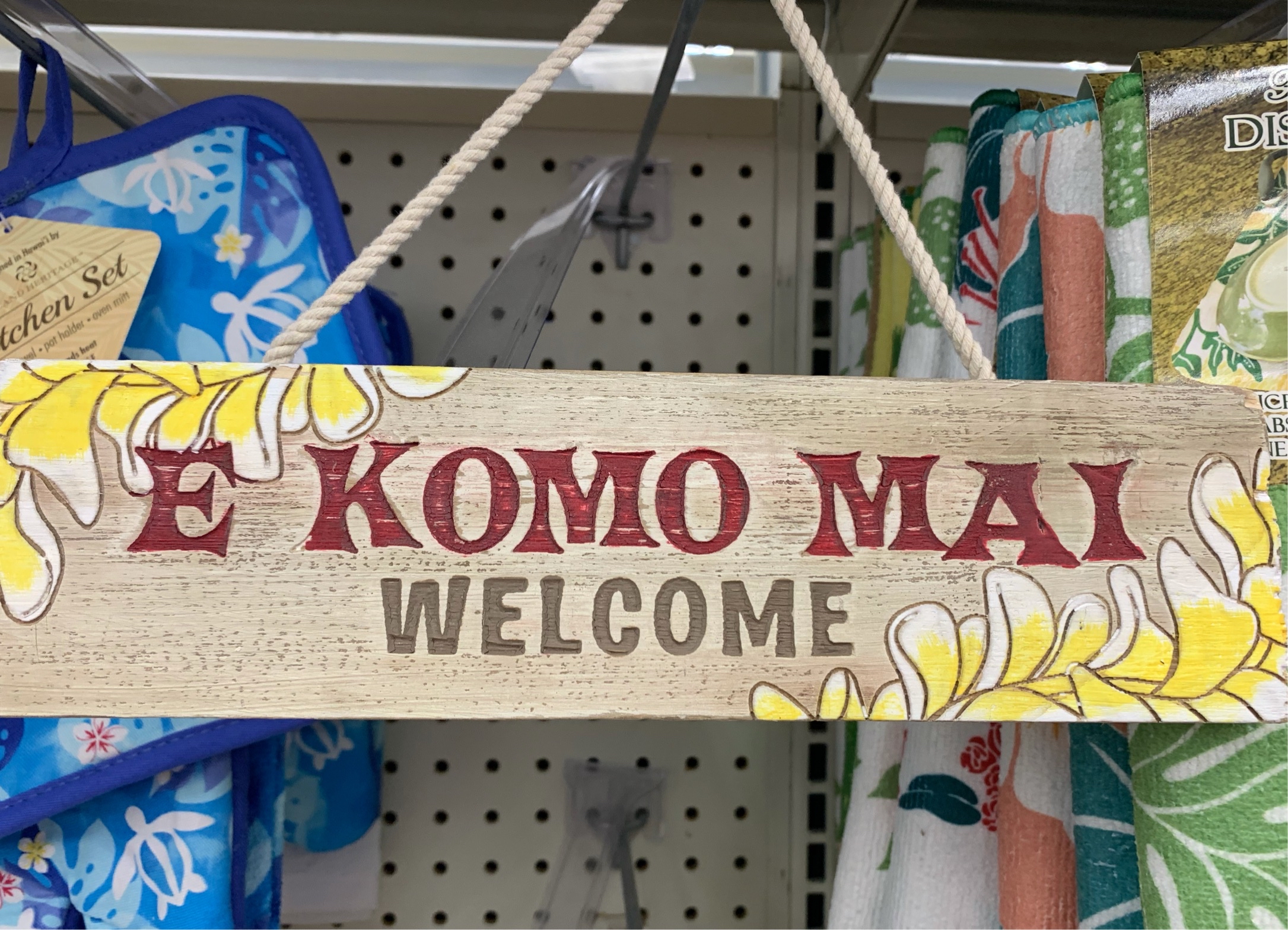
|
43950
|
|
United States
Kaneohe
|
|
|
SU
- medium: The sign is printed on a piece of wood that you hang in or outside of your home.
- domain: The context of the sign is using the phrase “E komo mai” to welcome someone into or to your home.
- audience: The sign is intended for people who are visiting one’s home, both local and nonlocal.
- function: The sign is trying to tell people that they are welcome at the place where this sign is hung.
- language: The language that is dominant on this sign is Hawaiian, “E komo mai” with a little bit of English, “Welcome”.
The phrase “E komo mai” means “Welcome” in Hawaiian.
|
Multilingual Hawaiʻi
|
|
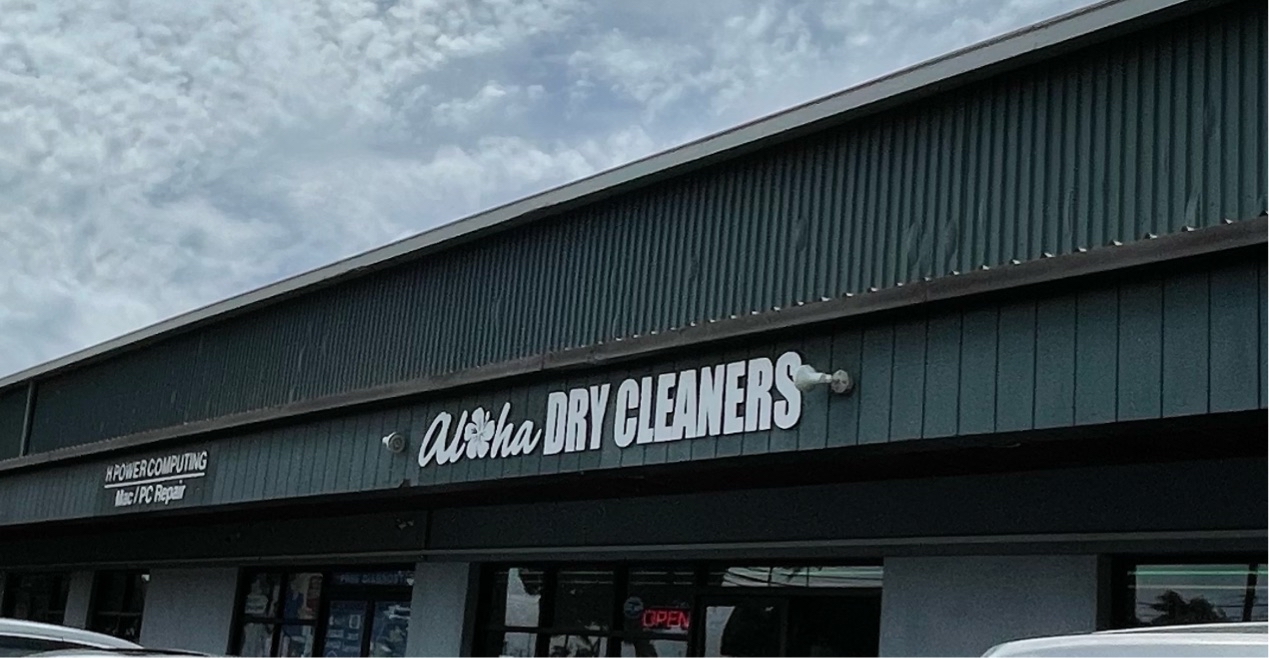
|
43951
|
|
United States
Honolulu
|
|
|
SU
- medium: The sign is printed on a building located at Ward Village.
- domain: The context of the sign is that it is a dry cleaners that also washes and folds your clothes for you, making it aloha fresh.
- audience: The sign is intended for people who are passing by the area. It is intended for nonlocals and locals.
- function: The sign is trying to inform people that there is a dry cleaners located there in Ward Village.
- language: The language that is dominant on this sign is English, “Dry Cleaners” with a little Hawaiian, “Aloha”.
The word “aloha” means “hello, goodbye, love” in Hawaiian.
|
Multilingual Hawaiʻi
|
|
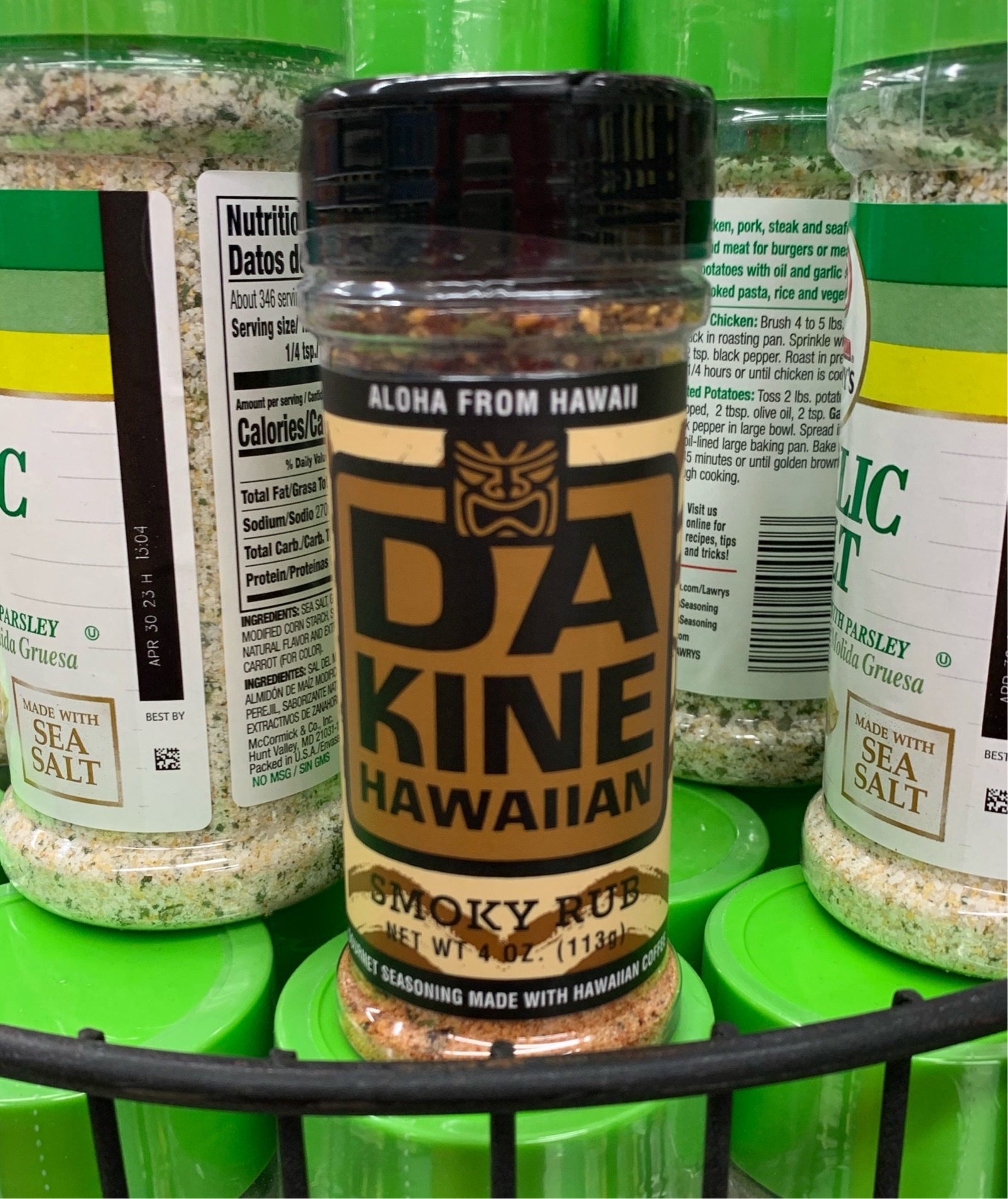
|
43952
|
|
United States
Honolulu
|
|
|
SU
- medium: The sign is printed on a bottle of seasoning.
- domain: The context of this sign is that it is a seasoning with smoky rub in it (smoked paprika).
- audience: This sign is intended for the public in general. Anyone who is in the store passing this seasoning or buying it. Intended for local and nonlocal.
- function: This sign is trying to tell you that it is made in Hawai’i as it says at the top “aloha from Hawai’i”.
- language: The language that is dominant on this sign is Pidgin or HWC with some Hawaiian and English.
The phrase “da kine” means “the kind” when it is roughly translated and it is similar to the Pidgin expression “any kine” which means “any kind”. It is usually used when you can’t put your finger on what you’re trying to say. For example, “Um…da kine, he went to the grocery store already.”, “She wen go mess up my da kine.”, “He’s so da kine.”
|
Multilingual Hawaiʻi
|
|

|
43953
|
|
United States
Honolulu
|
|
|
SU
- medium: The sign is printed on a light up sign above the restaurant.
- domain: The context of this sign is that Griddle N Grindz is a Korean BBQ restaurant that serves plate lunches.
- audience: This sign is intended for people who are passing through the area, for locals and nonlocals.
- function: The sign is trying to inform people about the restaurant as they pass by and catch their attention enough to make them want to try their food.
- language: The language that is dominant on this sign is Pidgin or HWC, “Grindz” with a little English, “Griddle”.
The word “grindz” is translated to “food” in Pidgin.
|
Multilingual Hawaiʻi
|
|
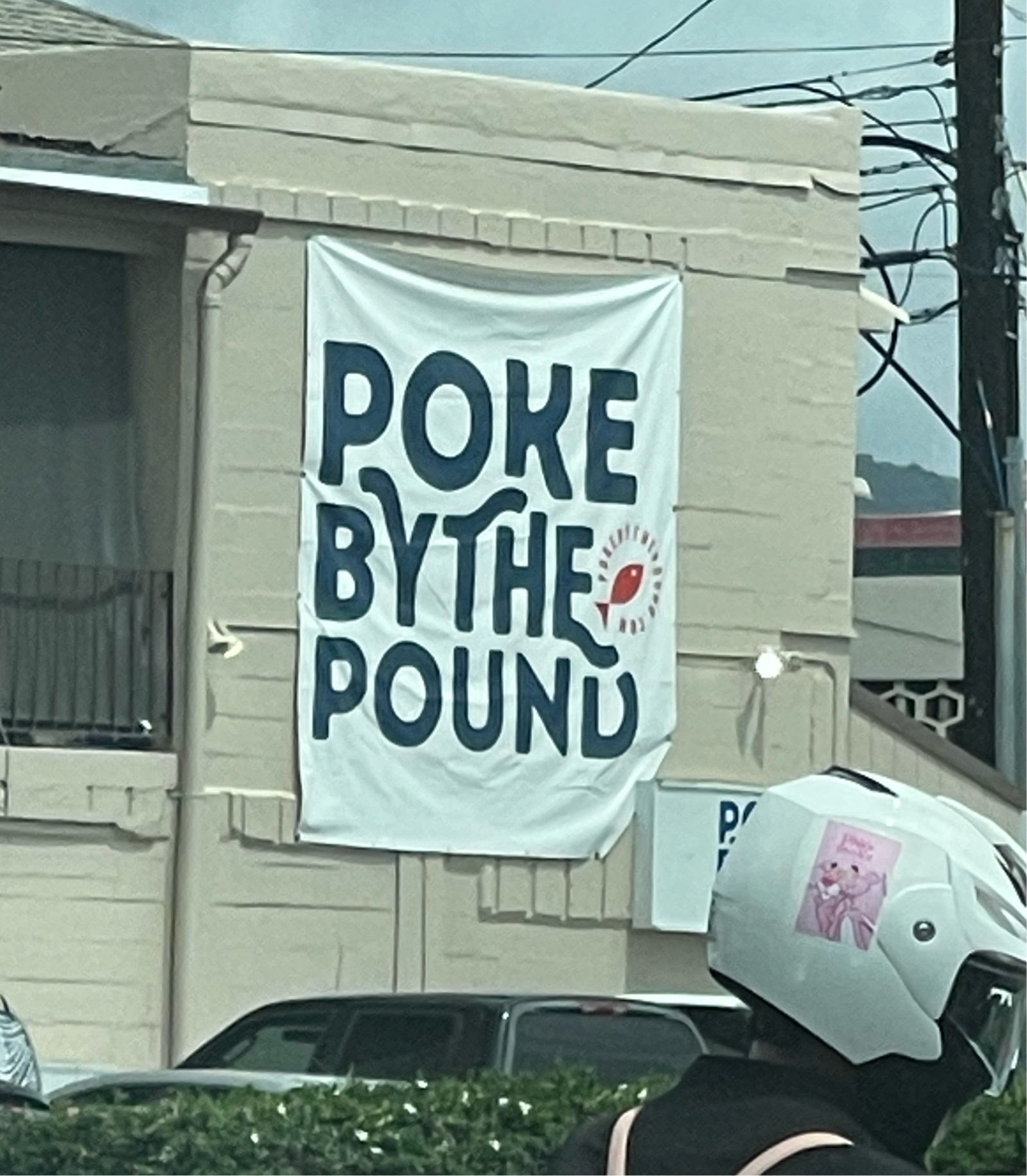
|
43954
|
|
United States
Honolulu
|
|
|
SU
- medium: The sign is printed on a piece of cloth on the front of a building.
- domain: The context of the sign is that Poke by the Pound is a fresh poke and seafood market.
- audience: This sign is intended for people who are passing by this place and might not see the smaller sign that is behind the girl’s helmet in this photo. This sign is intended for locals and nonlocals.
- function: The sign is trying to inform people about the seafood market and get them intrigued in trying the poke.
- language: The language that is dominant on this sign is English, “by the pound” with a little Pidgin, “poke”.
The word “poke” can be a Pidgin term that means to slice, or cut, wood or fish into crosswise pieces and is often used to describe sliced, or cubed, fish that is ready for consumption.
|
Multilingual Hawaiʻi
|
|
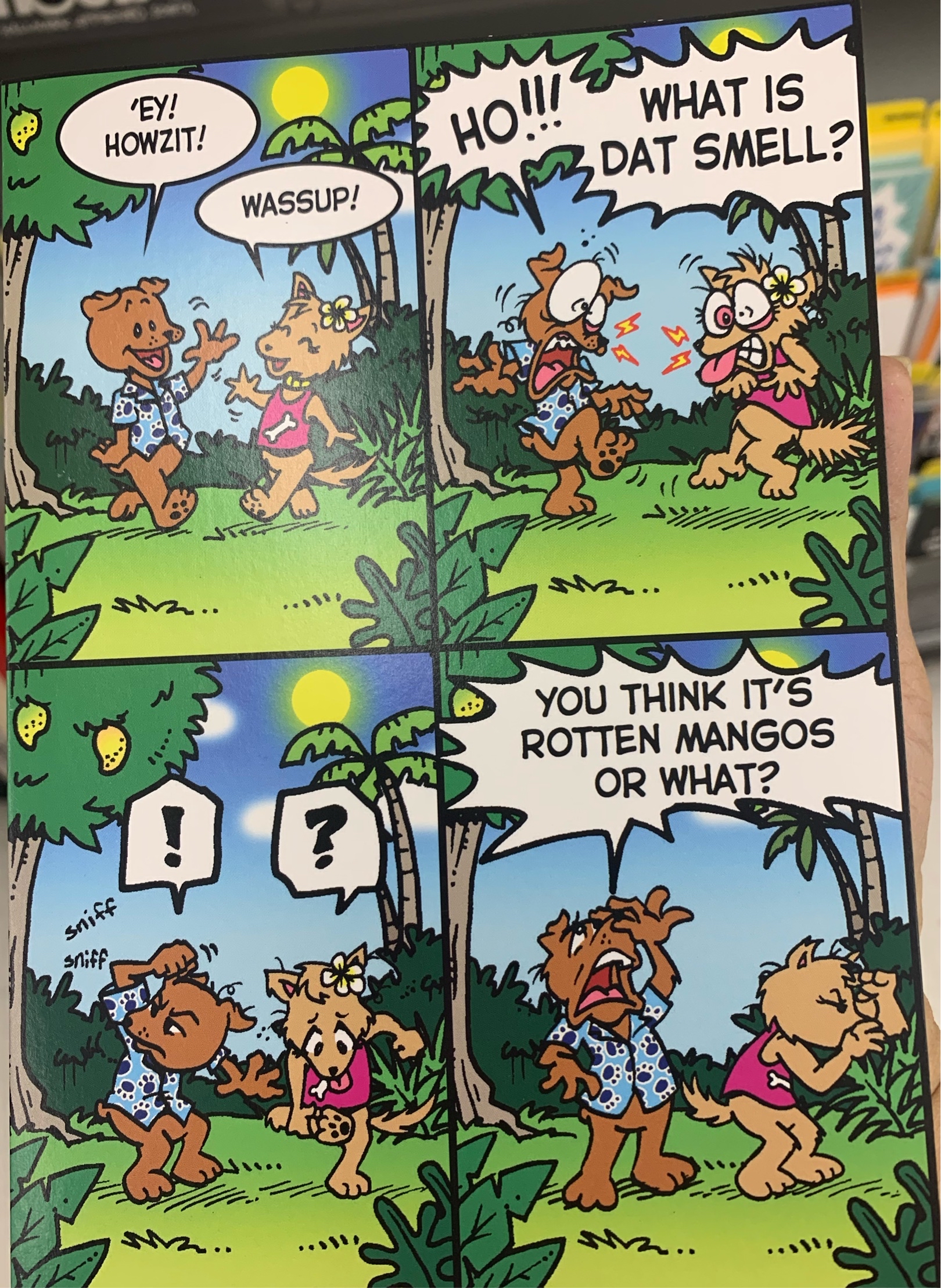
|
43955
|
|
United States
Kaneohe
|
|
|
SU
- medium: The sign is printed on a card.
- domain: The context of the sign is that it is two friends meeting each other but they smell something rotten and they use the Pidgin language to express what they’re thinking.
- audience: The sign is intended for the general public. Mainly only the locals would probably understand it and nonlocals would most likely have a harder time.
- function: The sign is trying to make the receiver of this card laugh and is used for entertainment purposes.
- language: The language that is dominant on this sign is Pidgin or HWC with a little English.
The phrase “Ey! Howzit!” is translated to “Hey, how are you?” of “Hey what’s going on?”. “Howzit” is a combination of the words “how”, “is”, and “it”. “Ho” is translated to “Woah” and “dat” is translated to “that”. The last sentence on the card, “You think it’s rotten mangos or what?” translates to “Do you think it’s rotten mangos?”.
|
Multilingual Hawaiʻi
|
|
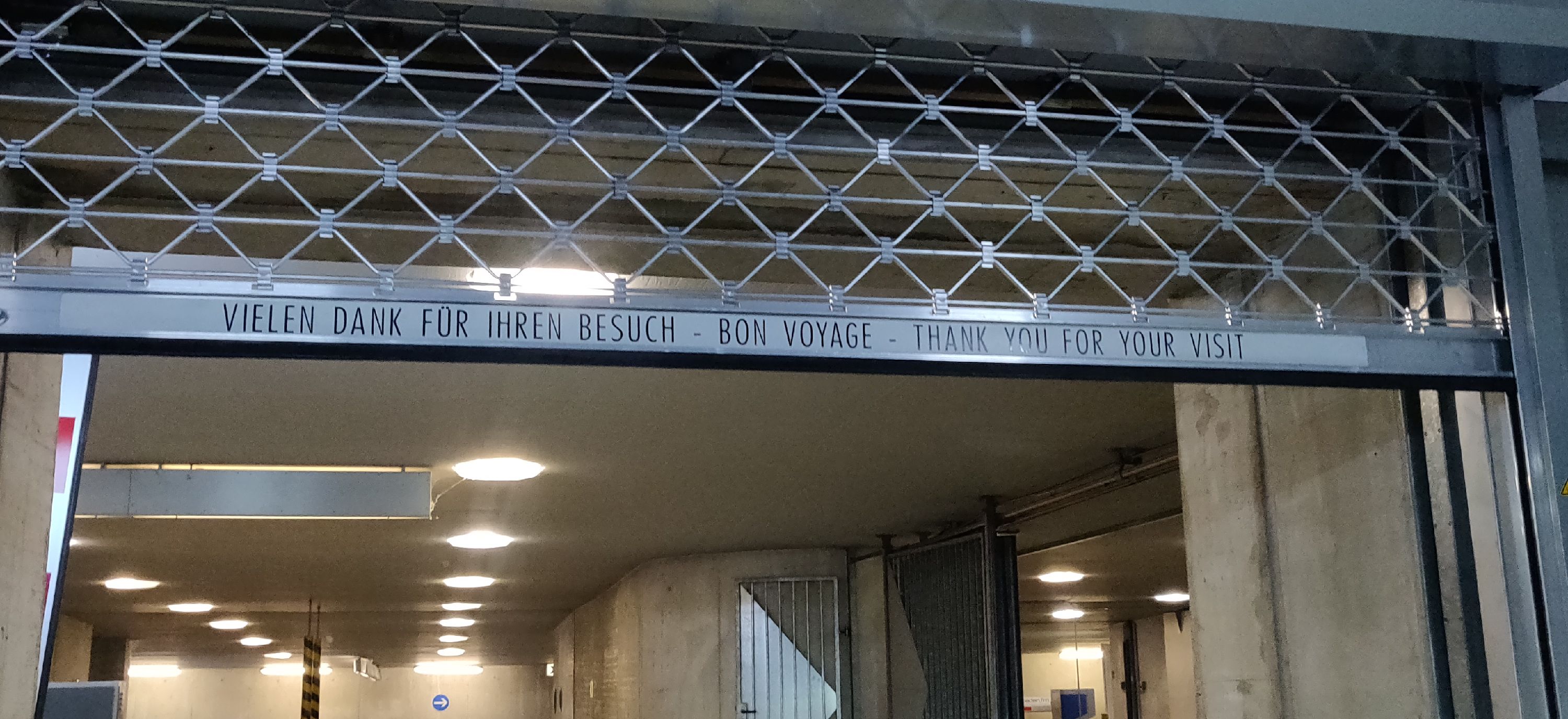
|
43956
|
|
Germany
Freiburg im Breisgau
|
|
|
Interessante Übersetzung ins Französische. Darf man das als "Puh, gut, dass Sie wieder weg sind" verstehen?
|
|
|

|
43957
|
|
Germany
Freiburg im Breisgau
|
|
|
—
|
|
|
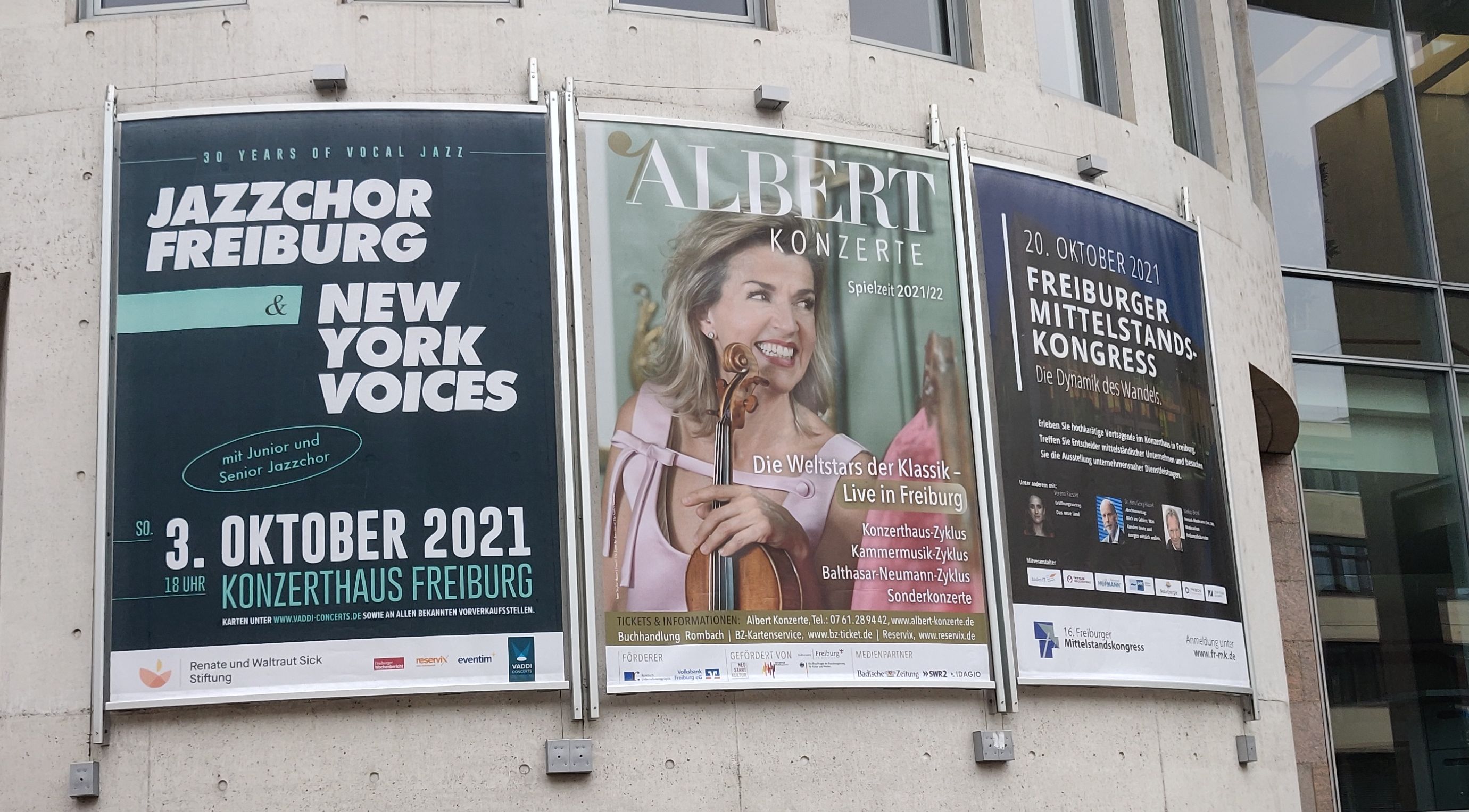
|
43958
|
|
Germany
Freiburg im Breisgau
|
|
|
—
|
|
|

|
43959
|
|
Austria
Wien
|
|
|
—
|
|
|
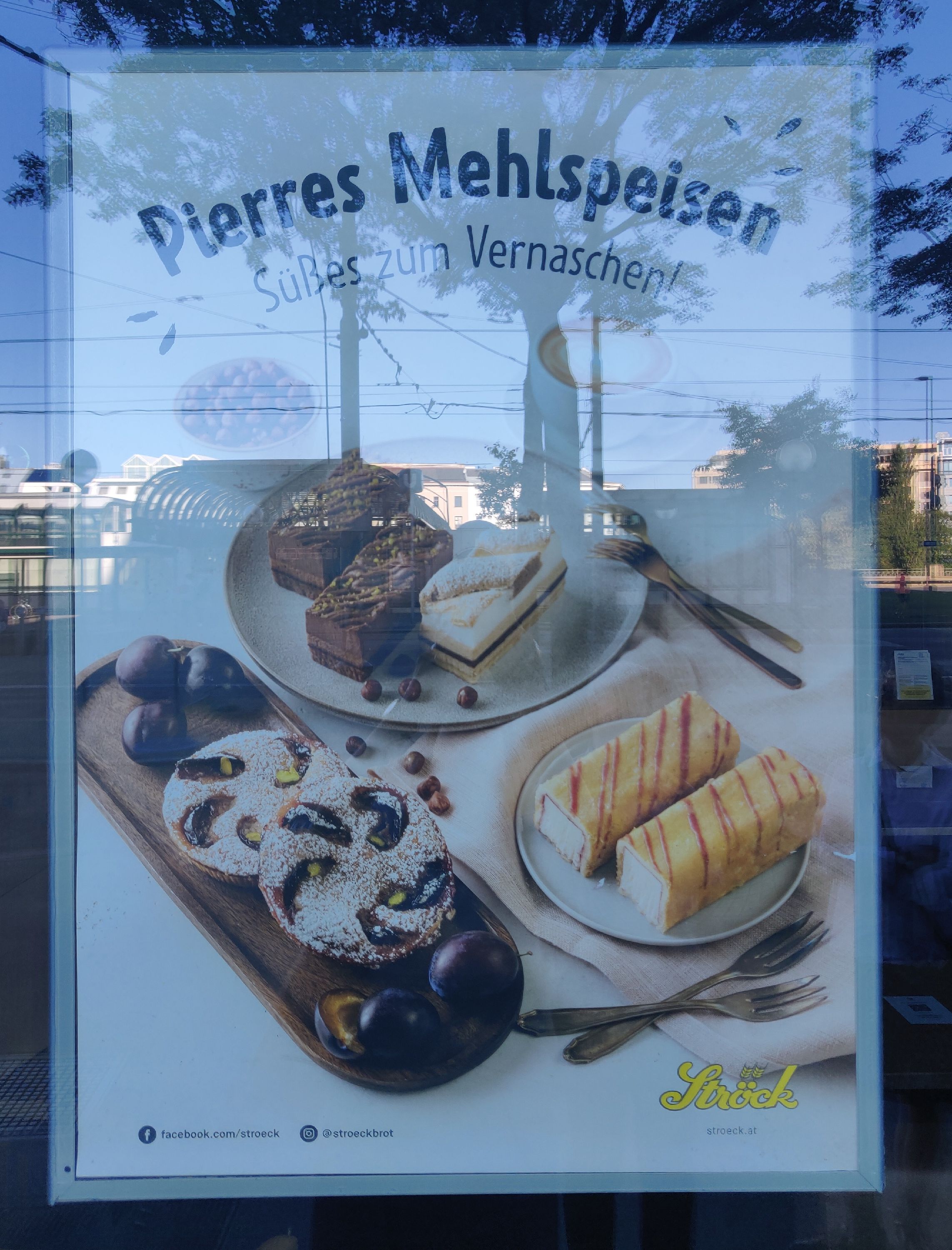
|
43960
|
|
Austria
Wien
|
|
|
—
|
|
|

|
43961
|
|
Austria
Wien
|
|
|
—
|
|
|

|
43962
|
|
Austria
Wien
|
|
|
—
|
|
|
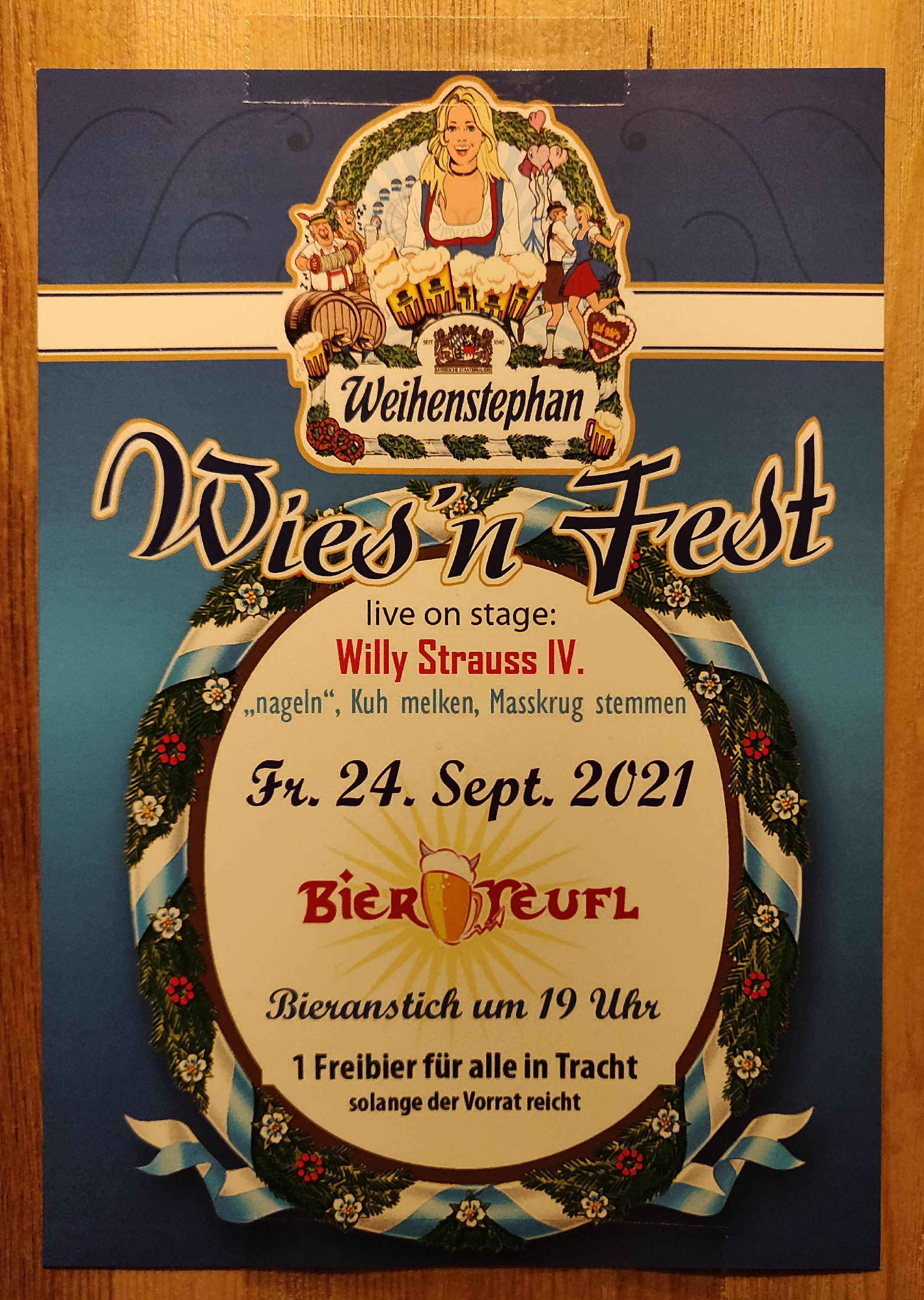
|
43963
|
|
Austria
Wien
|
|
|
—
|
|
|

|
43964
|
|
Austria
Wien
|
|
|
—
|
|
|
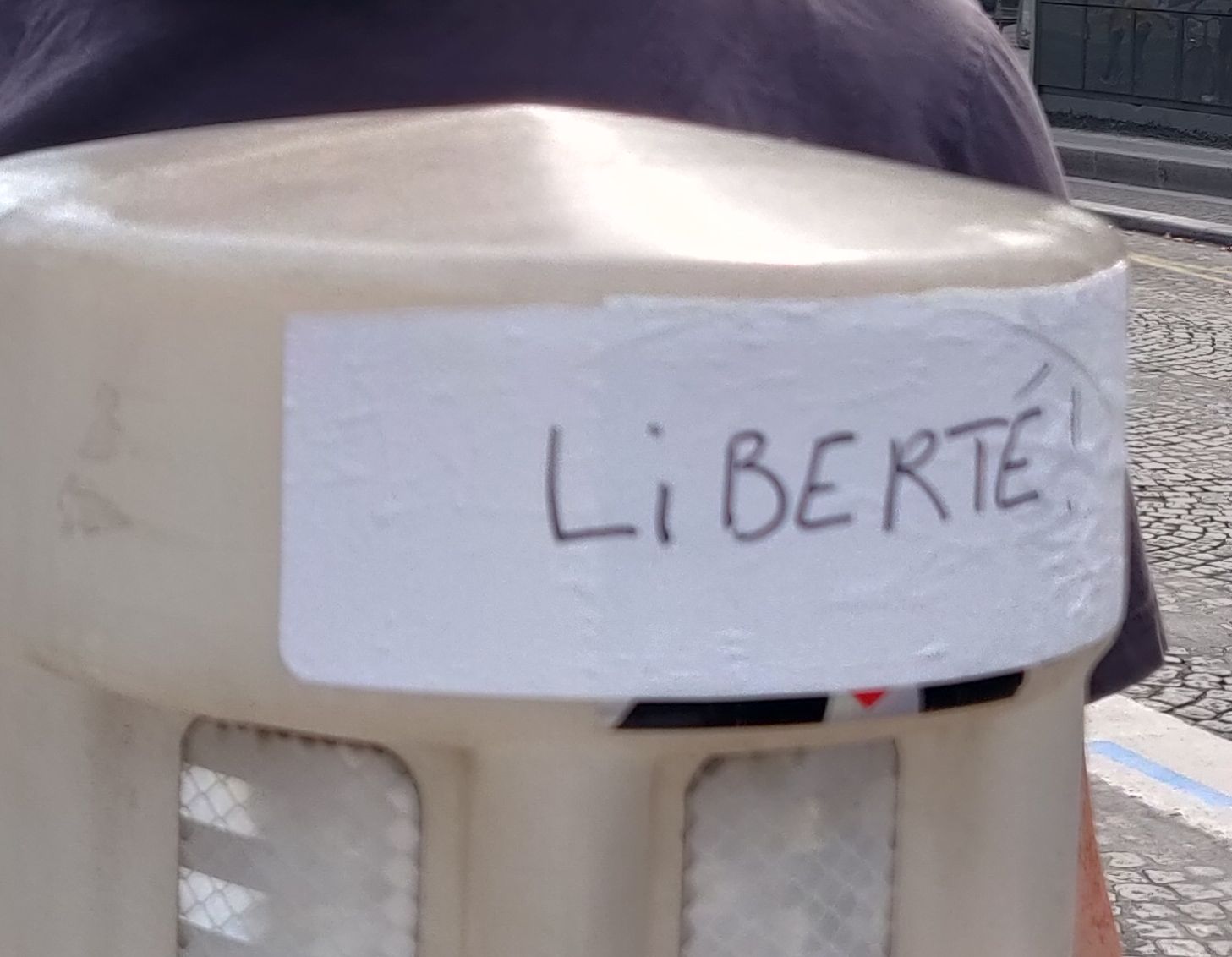
|
43965
|
|
France
Paris
|
|
|
—
|
|
|
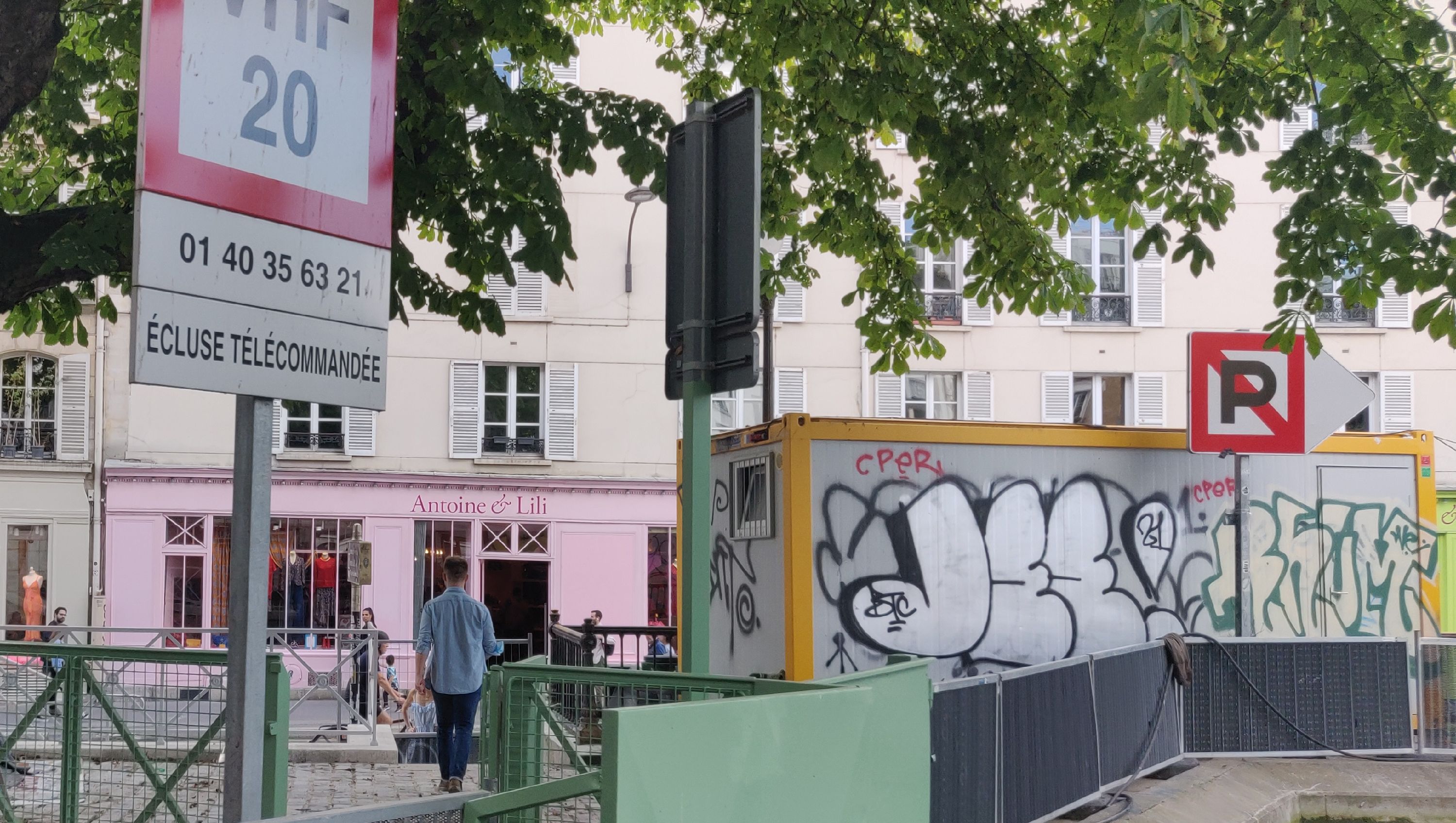
|
43966
|
|
France
Paris
|
|
|
—
|
|
|
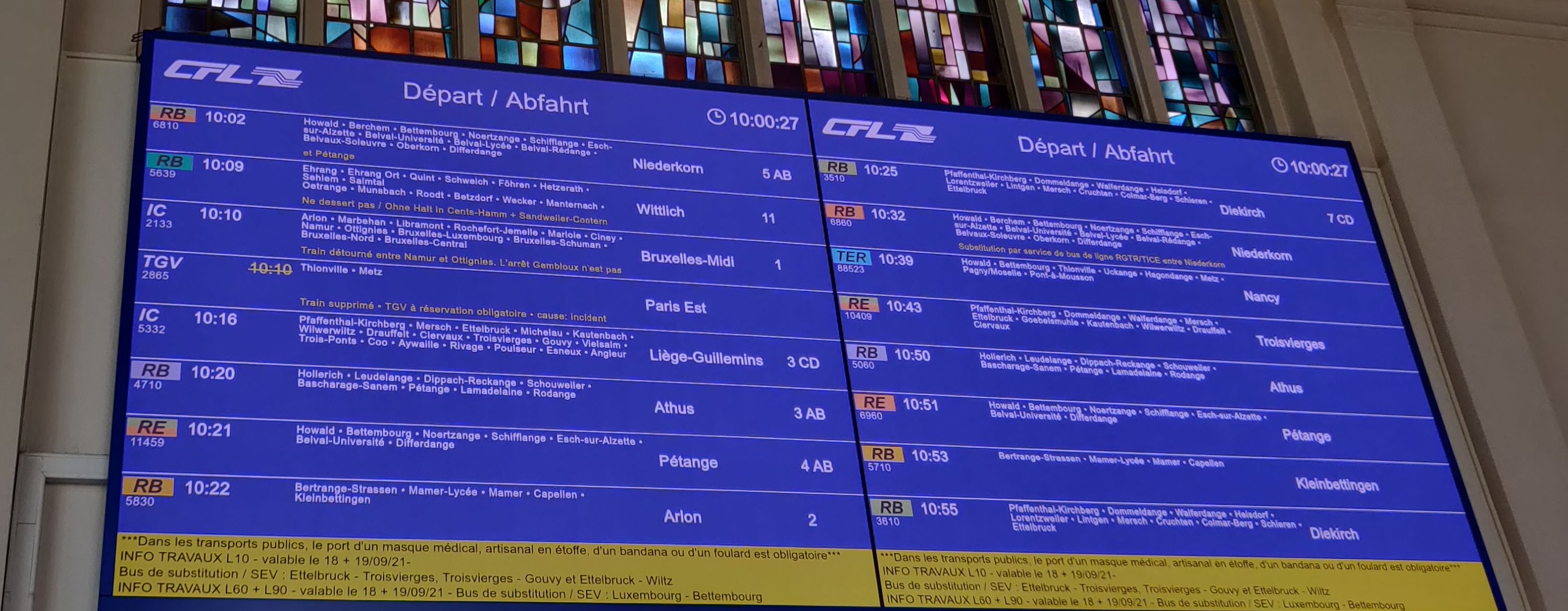
|
43967
|
|
Luxembourg
Luxembourg
|
|
|
—
|
|
|
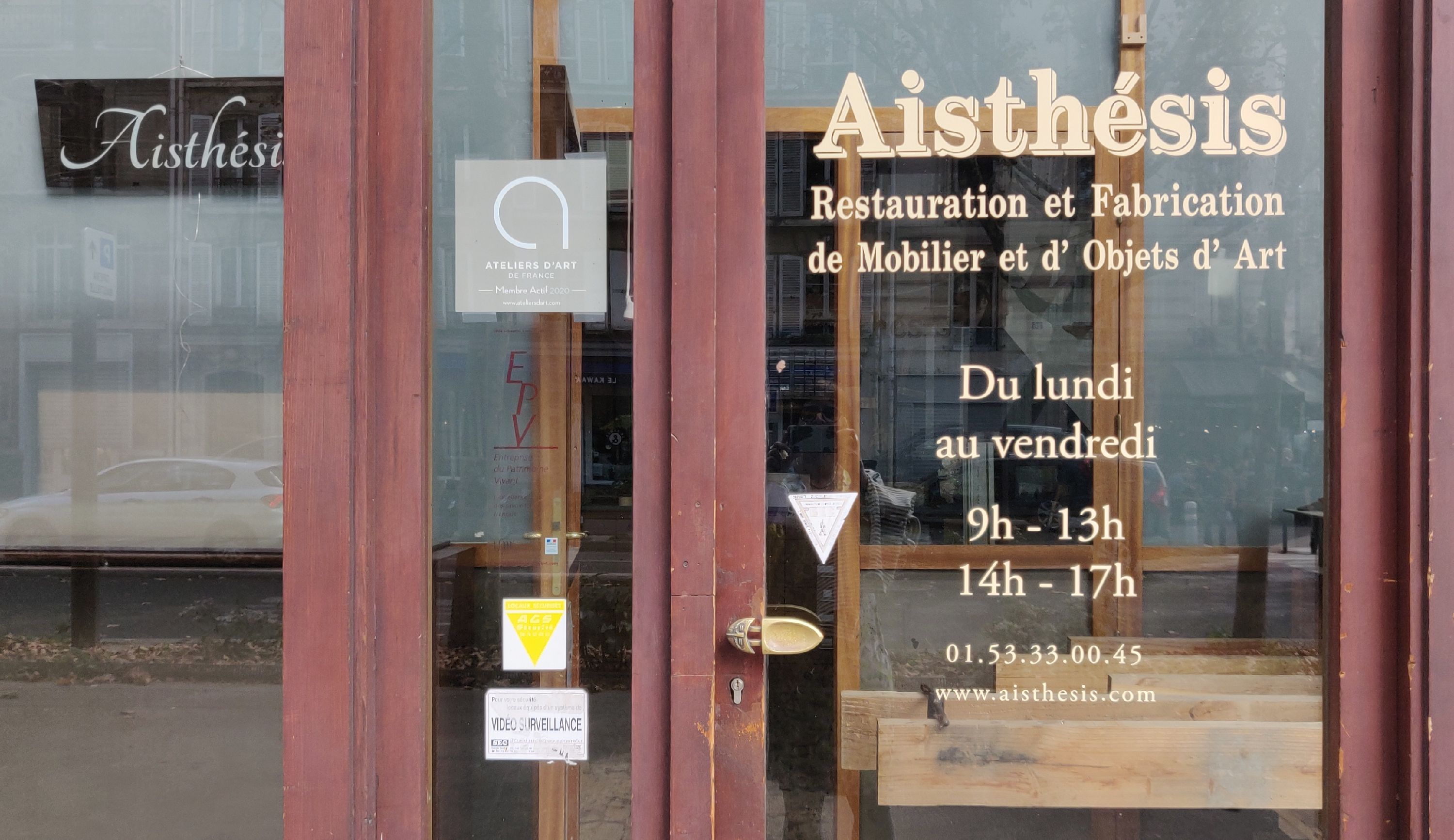
|
43968
|
|
France
Paris
|
|
|
Altgriechisch...
|
|
|

|
43969
|
|
Germany
Gruibingen
|
|
|
Pseudochinesisch
|
|
|